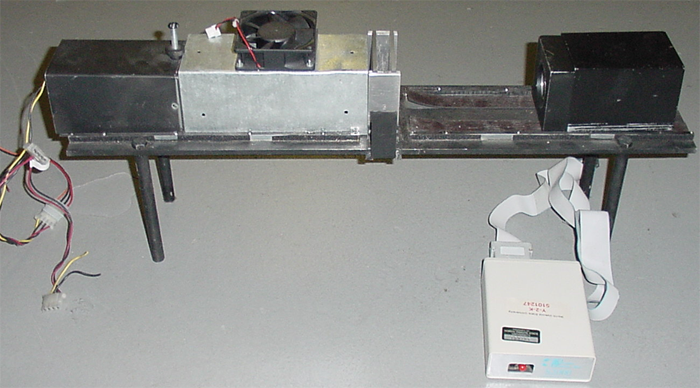Home | Mission | Research Focus | History | Technologies | Infrastructure | Research Output | People | Partnership | Useful Links | Contact |
| Research Output | |||||||||||
|
Spectroscopic Techniques for Discriminating Confectionary Sunflower Needs
|
||||||||||
Parameters
|
|||||||||||
Objectives
|
|||||||||||
Methodology |
|||||||||||
Sensing System Development Hardware
|
Samples and Spectral Signals Samples
Spectral signals
|
||||||||||
 |
|||||||||||
Conclusion
|
|||||||||||
Other Contributions
|
|||||||||||
The Bioimaging and Sensing Center is a multi-disciplinary research facility in the College of Agriculture, Food Systems and Natural Resources at North Dakota State University, Fargo ND.
© 2009 Bioimaging and Sensing Center. All Rights Reserved.